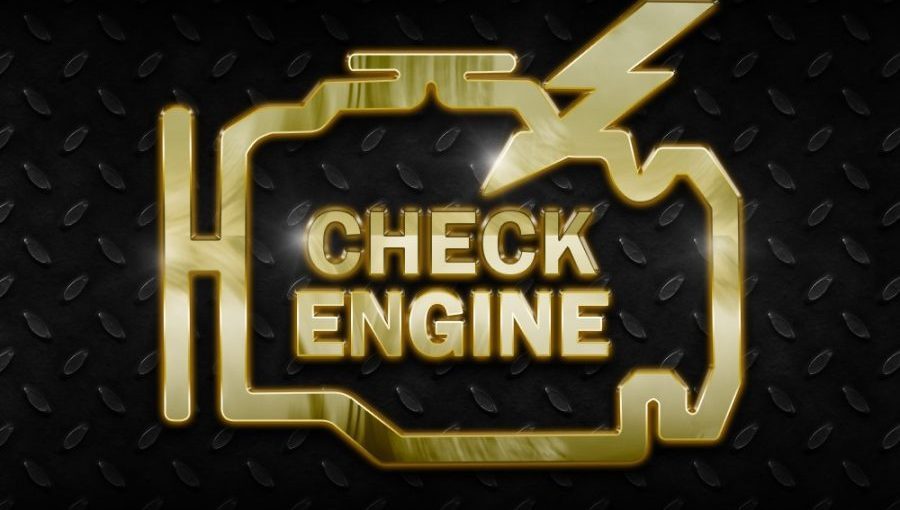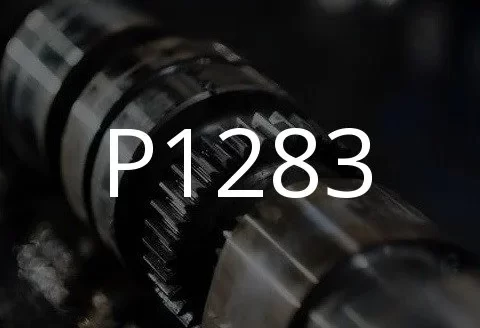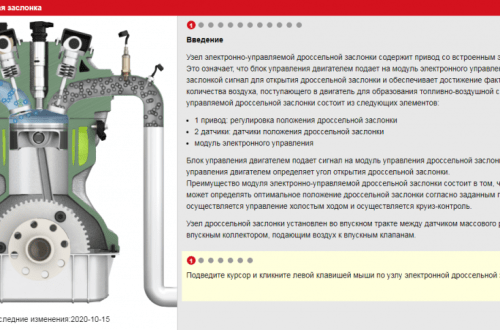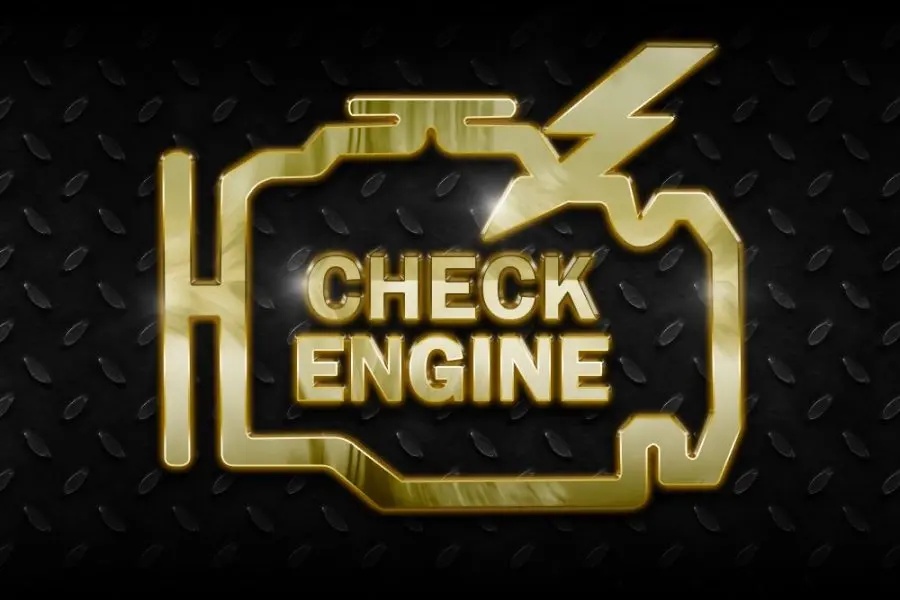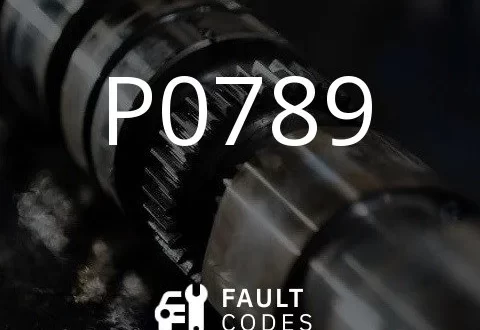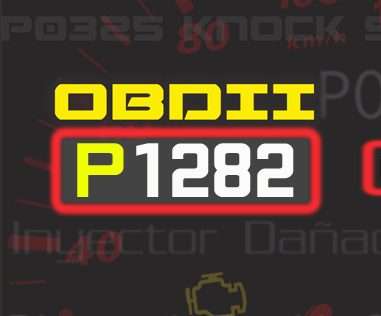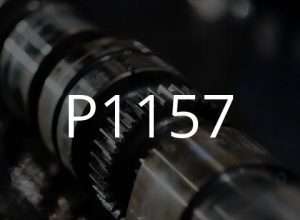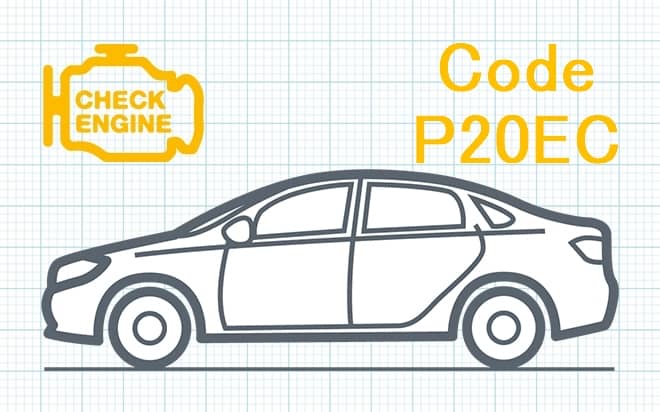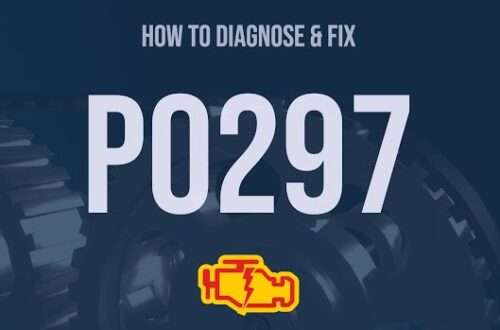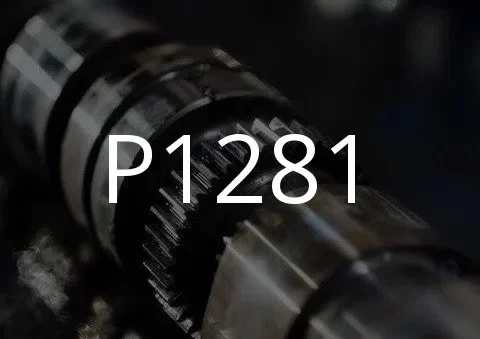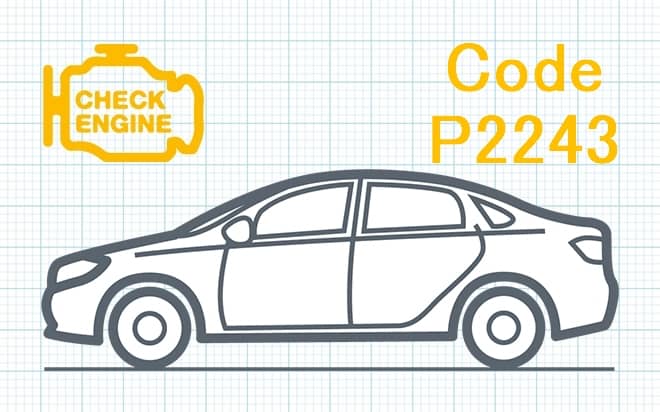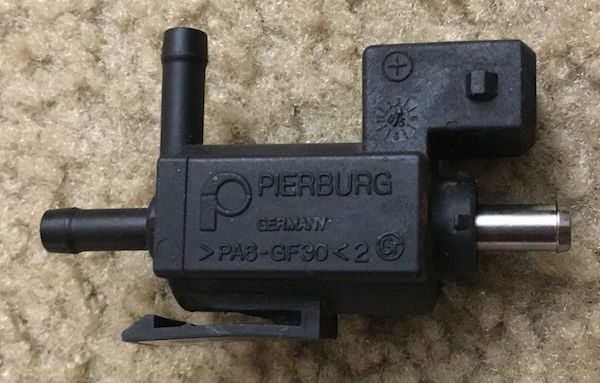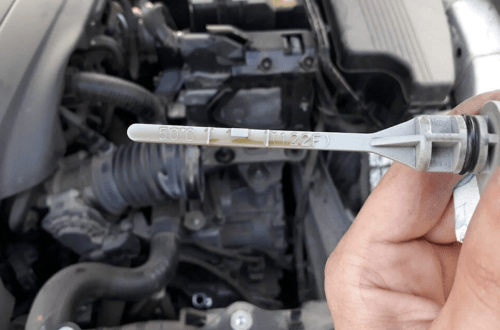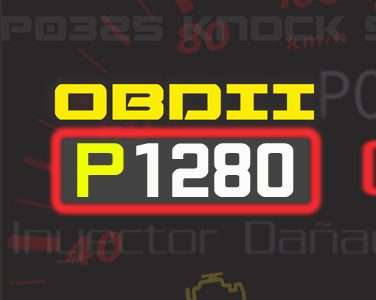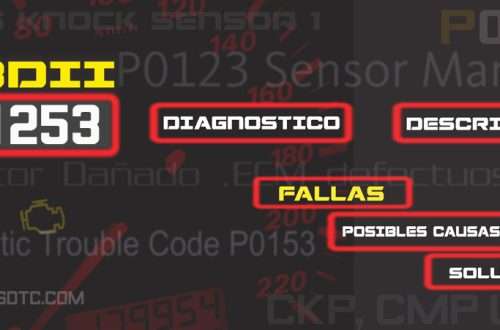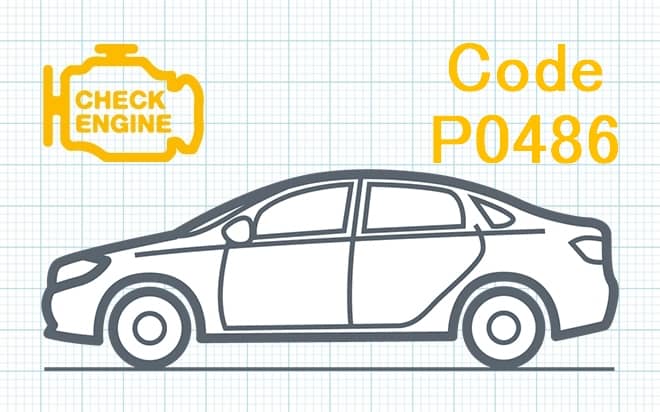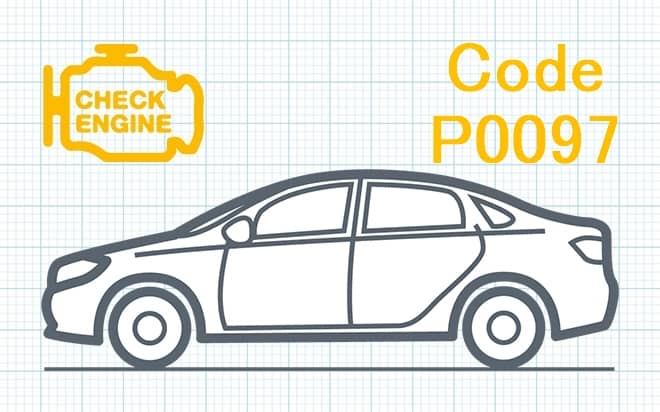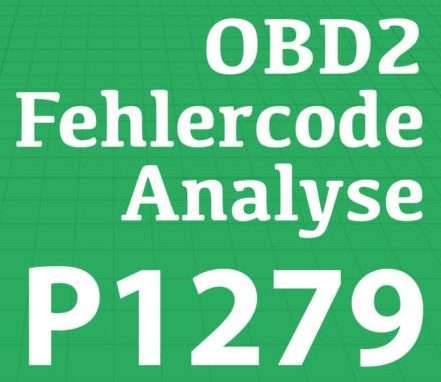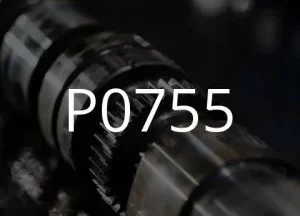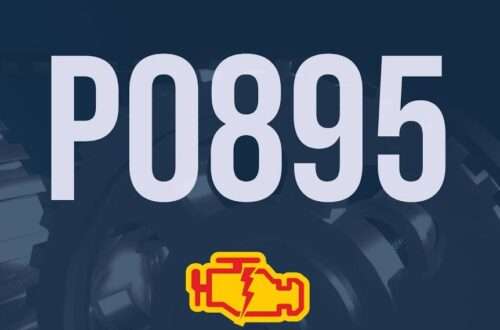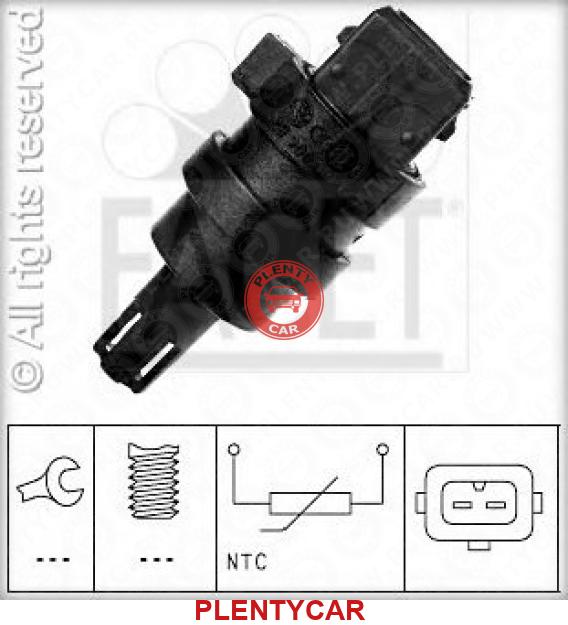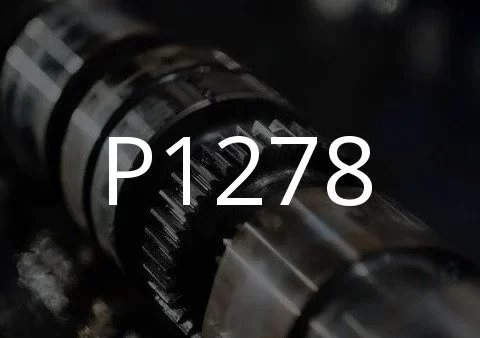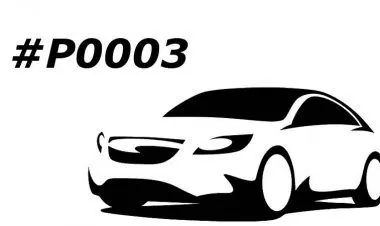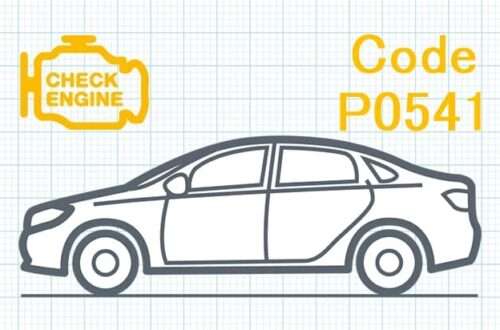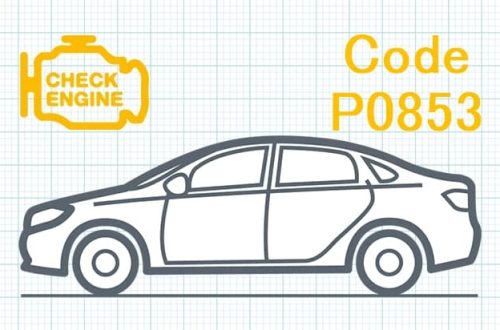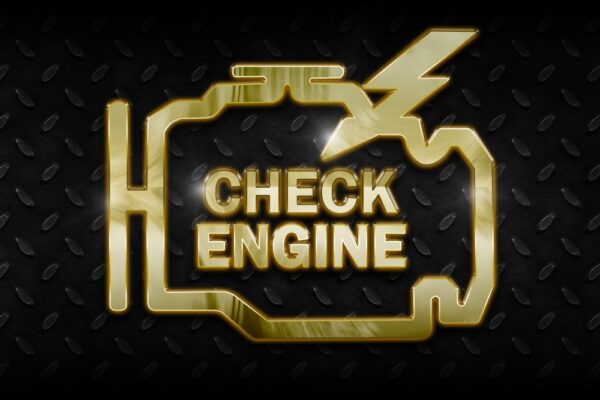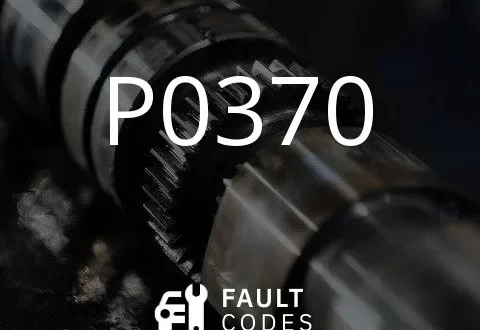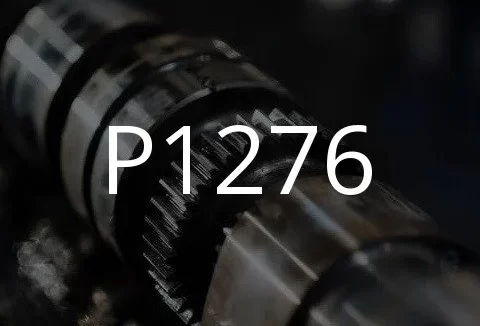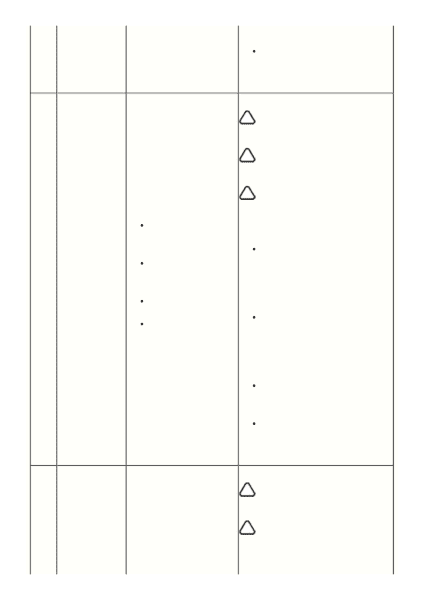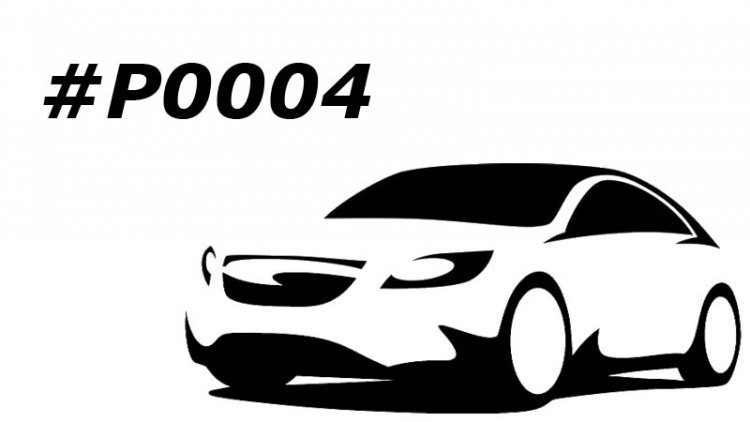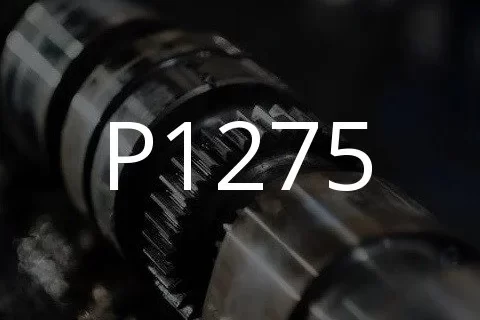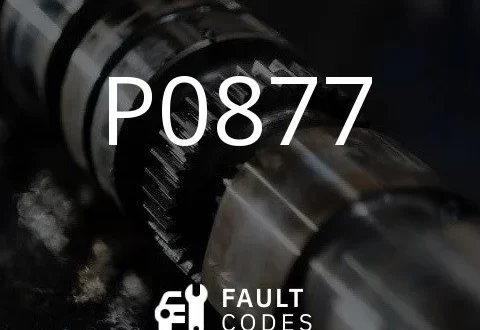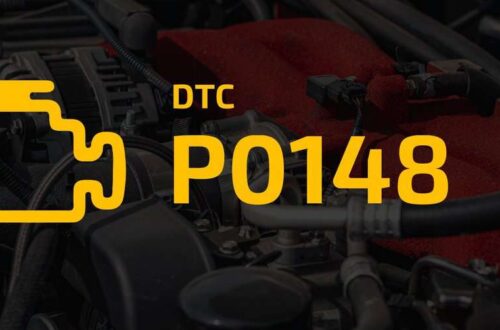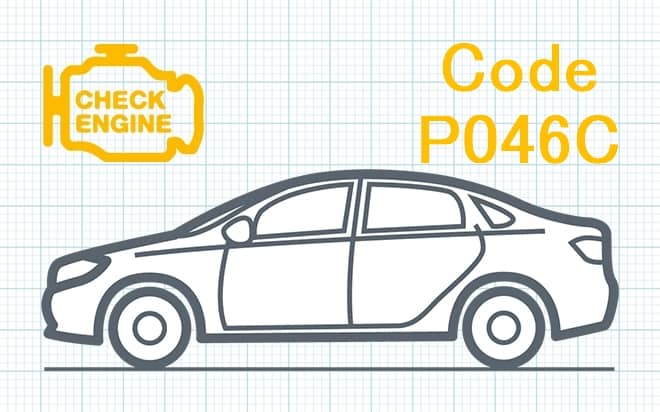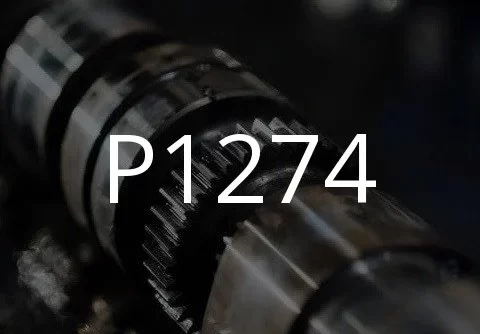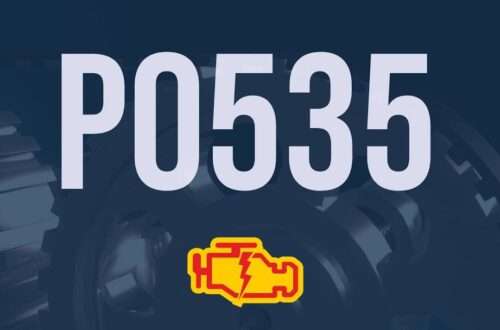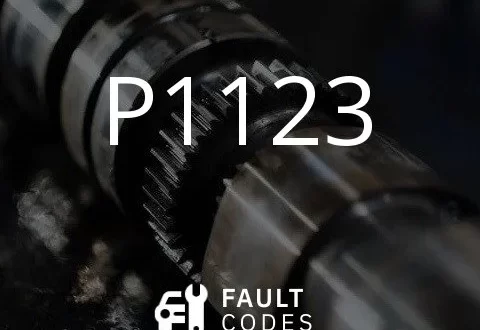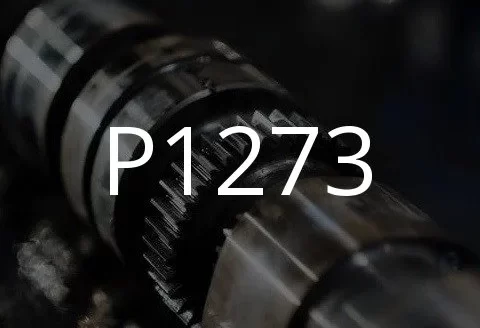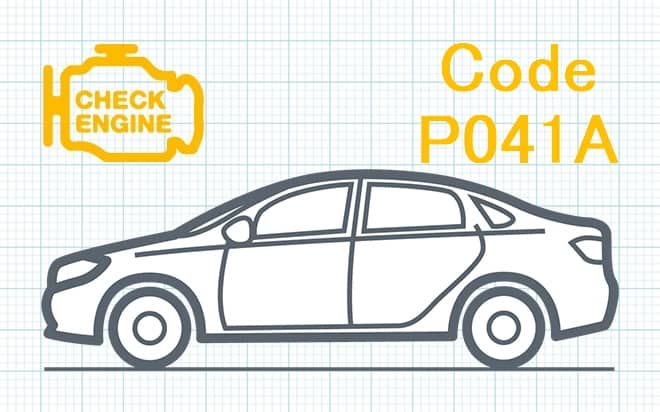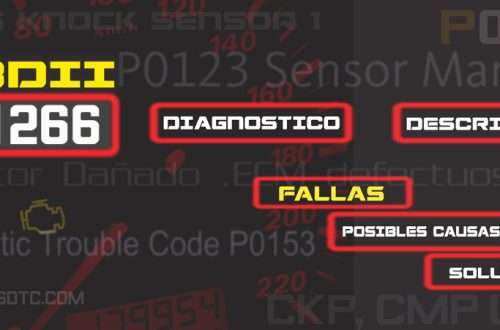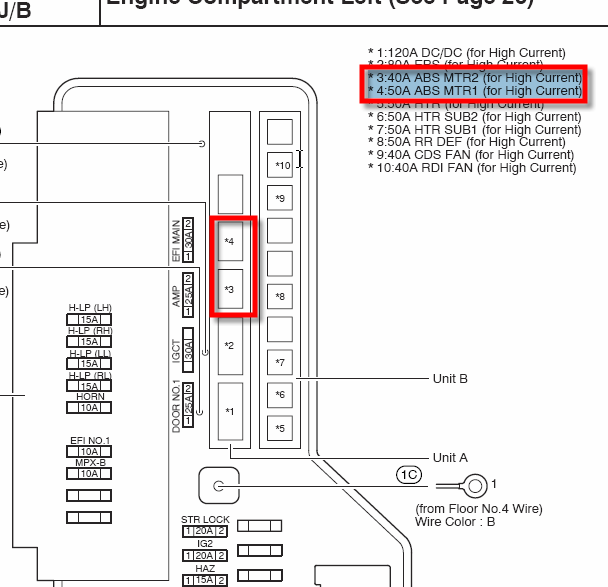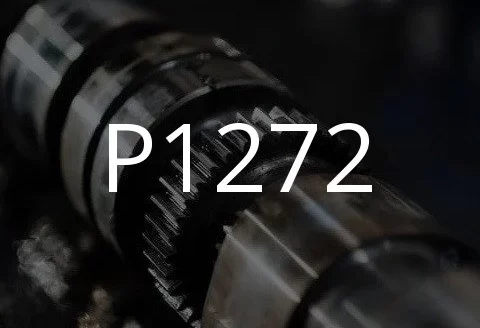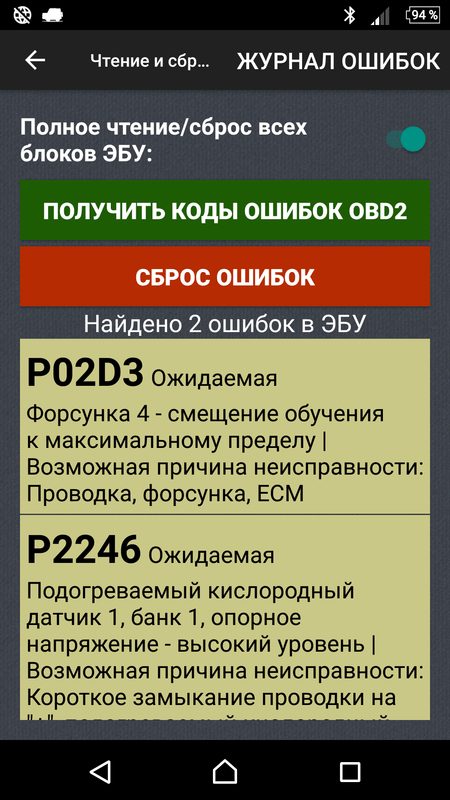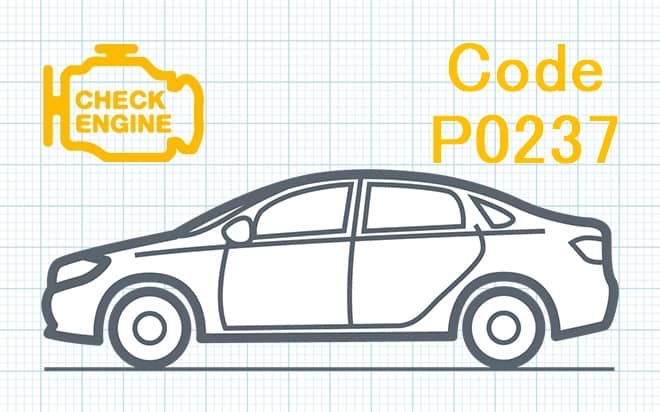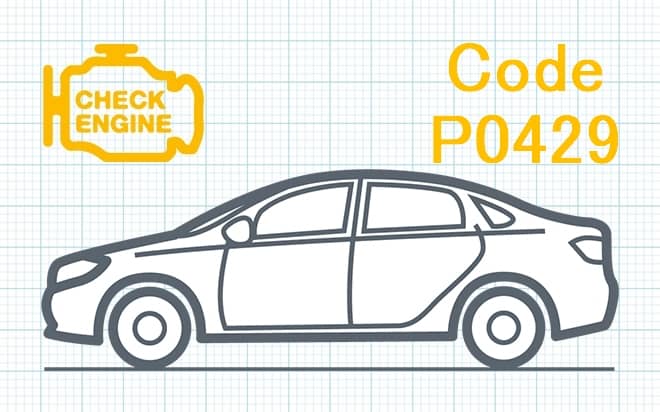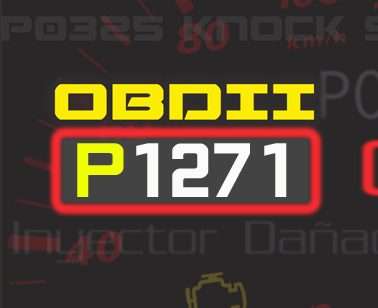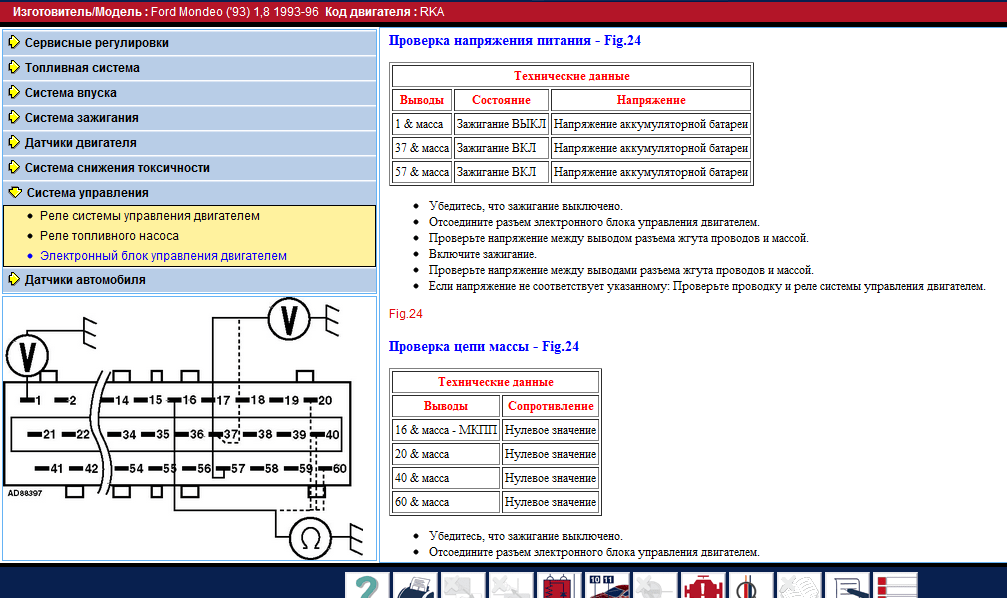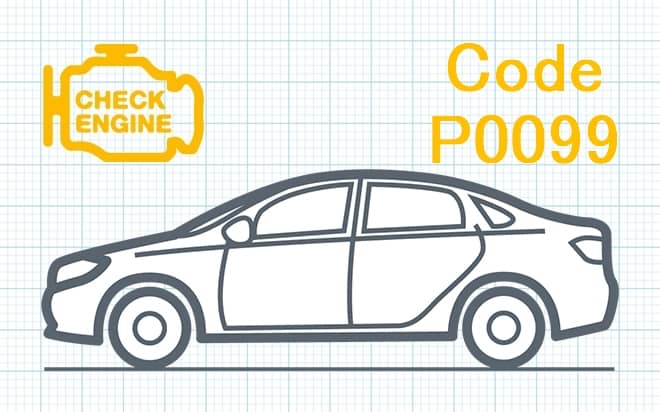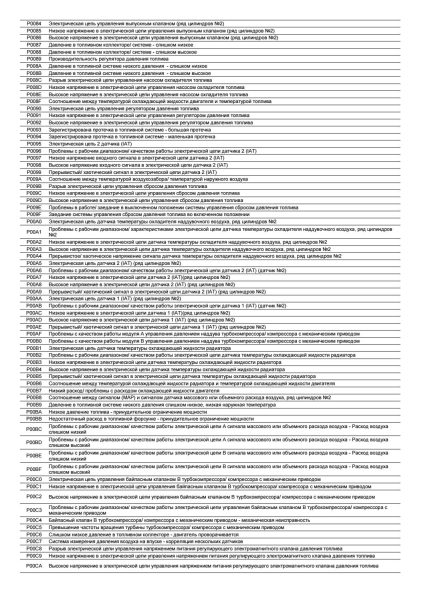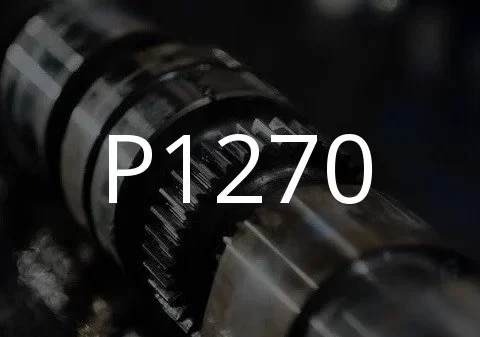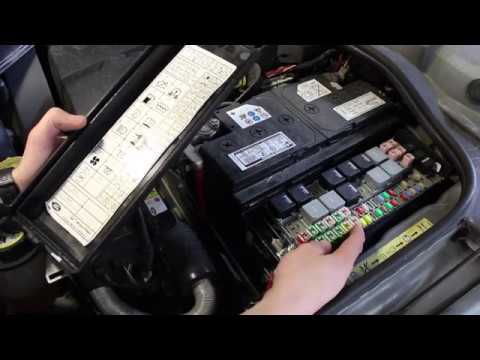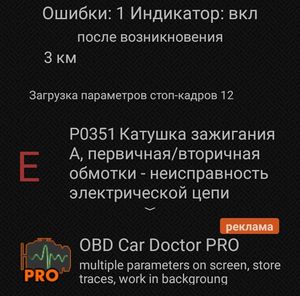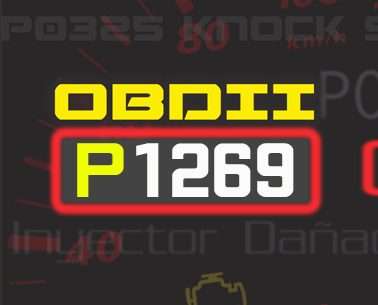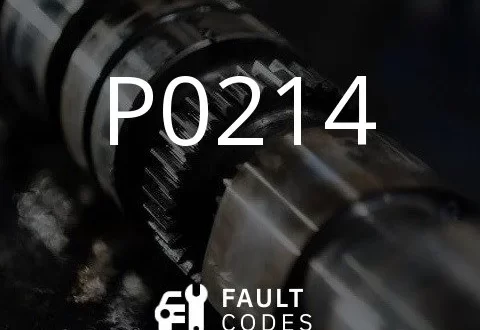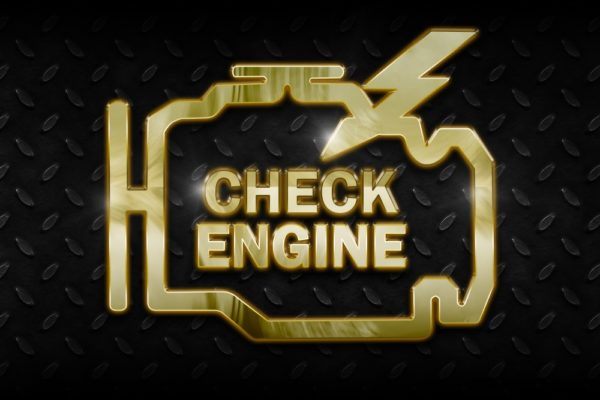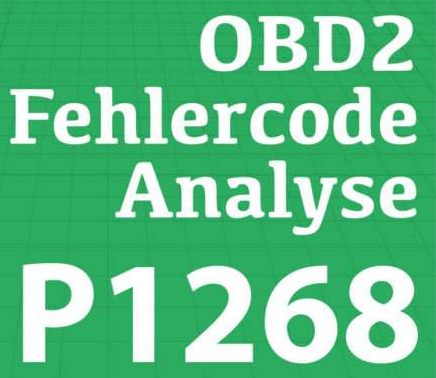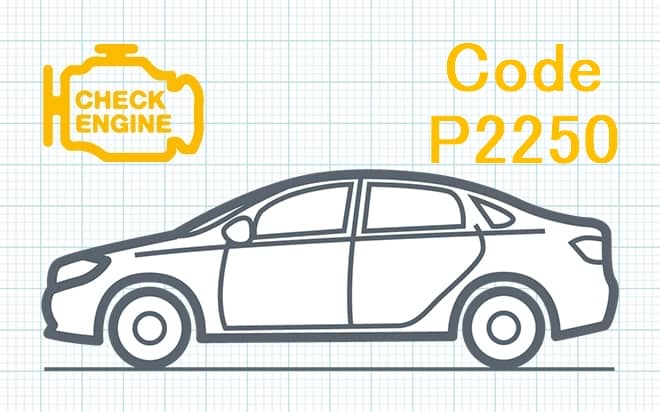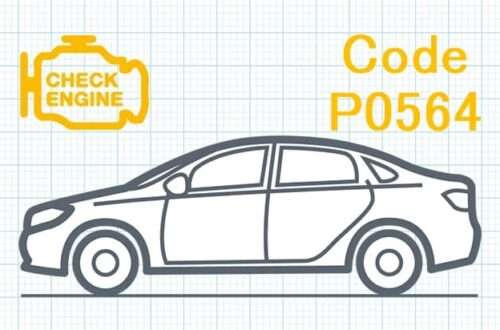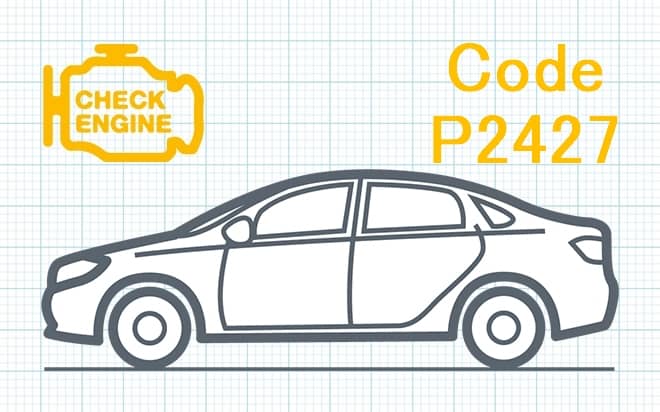P1283 (Volkswagen, Audi, Skoda, Seat) Pneumatic injector control valve - electrical circuit malfunction
P1283 – Technical description of the OBD-II fault code The P1283 fault code indicates a malfunction in the electrical circuit of the pneumatic injector control valve in Volkswagen, Audi, Skoda, Seat vehicles. What does trouble code P1283 mean? Trouble code P1283 indicates a possible problem with the injector air control valve electrical circuit. This valve is responsible for regulating the supply of fuel to the engine cylinders. When the system detects a malfunction in the electrical circuit of this valve, it can lead to improper fuel delivery, which in turn can cause various engine performance problems. The valve's electrical circuit can be disrupted for a variety of reasons, including opens, shorts, poor connections, or damaged wiring. This can happen due to physical damage to the wires, corrosion of the connectors, or...
P1282 (Volkswagen, Audi, Skoda, Seat) Fuel quantity control solenoid valve - open circuit
P1282 – Technical description of the OBD-II fault code The P1282 fault code indicates an open circuit in the fuel quantity control solenoid valve circuit in Volkswagen, Audi, Skoda, Seat vehicles. What does trouble code P1282 mean? Trouble code P1282 indicates a possible open or broken circuit in the solenoid valve that controls the amount of fuel supplied to the engine. This valve, usually located in the fuel line or high-pressure pump, regulates the flow of fuel to the engine according to the required operating parameters. When the system detects an open valve circuit or improper operation, it can result in engine malfunction or insufficient fuel supply, which in turn can affect engine performance, efficiency, and even cause engine failure.…
P1281 (Volkswagen, Audi, Skoda, Seat) Fuel quantity control solenoid valve - short circuit to ground
P1281 – Technical description of the OBD-II fault code The fault code P1281 indicates a short circuit to ground in the fuel quantity control solenoid valve circuit in Volkswagen, Audi, Skoda, Seat vehicles. What does trouble code P1281 mean? Trouble code P1281 is a diagnostic trouble code that indicates a problem with the vehicle's fuel quantity control solenoid valve. This valve is responsible for regulating the amount of fuel entering the engine, which affects its performance and efficiency. When the system detects a short to ground in this valve's circuit, it indicates a possible problem with the electrical connection or the valve itself. Problems like these can lead to improper fuel delivery to the engine, which can cause rough running, loss of...
P1280 (Volkswagen, Audi, Skoda, Seat) Pneumatic injector control valve - insufficient flow
P1280 – Technical description of the OBD-II fault code The P1280 fault code indicates insufficient flow of the pneumatic injector control valve in Volkswagen, Audi, Skoda, Seat vehicles. What does trouble code P1280 mean? Fault code P1280 indicates possible problems with the pneumatic control valve of the injectors in the fuel injection system for Volkswagen, Audi, Skoda, and Seat vehicles. When this error code appears, it indicates that the injector valve is not providing enough flow, meaning it is not opening or closing properly, resulting in insufficient fuel flowing into the engine cylinders. Insufficient injector valve capacity can lead to various problems such as rough running of the engine, loss of power, increased fuel consumption,...
P1279 (Volkswagen, Audi, Skoda, Seat) Fuel metering valve - open circuit/short to ground
P1279 – OBD-II Trouble Code Technical Description Trouble code P1279 indicates an open circuit/short to ground in the fuel metering valve circuit in Volkswagen, Audi, Skoda, Seat vehicles. What does trouble code P1279 mean? Trouble code P1279 indicates a potential problem with the injection system's fuel metering valve control circuit. When this error code appears, it may indicate that there is a broken wire or short to ground in the circuit that controls the fuel metering valve. An open circuit can cause the fuel metering valve to malfunction or become completely inoperable. This may result in insufficient fuel supply to the engine, which in turn may cause engine malfunction, loss of power, increased fuel consumption, or...
P1278 (Volkswagen, Audi, Skoda, Seat) Fuel metering valve - short circuit to positive
P1278 – Technical description of the OBD-II fault code The fault code P1278 indicates a short circuit to positive in the fuel metering valve circuit in Volkswagen, Audi, Skoda, Seat vehicles. What does trouble code P1278 mean? Trouble code P1278 indicates a short to positive in the fuel metering valve circuit. When this error appears, it usually means there is a problem with the electrical circuit that controls the fuel metering valve. A short to positive signal indicates that the fuel metering valve has an electrical problem, which can cause performance or fuel economy problems. The result of this malfunction can be improper fuel distribution in the engine, which can lead to improper engine operation, poor fuel economy, or even breakdown.…
P1277 (Volkswagen, Audi, Skoda, Seat) Valve pump - injectors cylinder 6 - regulation limit not reached
P1277 – Technical description of the OBD-II fault code The P1277 fault code indicates that the control limit in the pump-injector valve 6 circuit has not been reached in Volkswagen, Audi, Skoda, Seat vehicles. What does trouble code P1277 mean? Trouble code P1277 indicates a problem with the cylinder 6 unit injector valve in the fuel injection system. The pump injector valve is responsible for supplying fuel to the engine cylinder with a given volume and time. If the control limit in the unit injector valve circuit is not reached, it may indicate that the system is not able to control or regulate the fuel flow to the cylinder correctly. A malfunctioning unit injector valve can result in uneven fuel delivery, which in turn can cause loss of power, rough idle,...
P1276 (Volkswagen, Audi, Skoda, Seat) Valve pump - injectors cylinder 6 - control limit exceeded
P1276 – Technical description of the OBD-II fault code The P1276 fault code indicates that the control limit in the pump-injector valve circuit of cylinder 6 has been exceeded in Volkswagen, Audi, Skoda, Seat vehicles. What does trouble code P1276 mean? Trouble code P1276 indicates that the cylinder 6 pump-injector valve circuit has exceeded the control limit. The pump-injector valve (or injector) is responsible for delivering fuel to the engine cylinder at the right time and in the right amount. Code P1276 causes problems with the cylinder 6 unit injector valve control, which can result in improper or excessive fuel delivery. This may result in poor engine performance, rough operation, and other engine performance problems. Possible…
P1275 (Volkswagen, Audi, Skoda, Seat) Injector valve, cylinder 6 - unreliable signal
P1275 – OBD-II Trouble Code Technical Description Trouble code P1275 indicates an unreliable signal in the cylinder 6 injector valve circuit in Volkswagen, Audi, Skoda, Seat vehicles. What does trouble code P1275 mean? Trouble code P1275 indicates that the engine control unit (ECU) has detected an invalid signal in the cylinder 6 unit injector valve circuit. The unit injector valve plays an important role in the fuel delivery system of a diesel engine. It is responsible for supplying fuel to the cylinder at the right time and in the right volume. An invalid signal means that the ECU is receiving information that does not correspond to the expected operating parameters of the unit injector valve. This can be caused by a variety of problems, such as electrical problems, damage to the unit injector valve, or even problems with the...
P1274 (Volkswagen, Audi, Skoda, Seat) Valve pump - injectors cylinder 5 - regulation limit not reached
P1274 – Technical description of the OBD-II fault code The P1274 fault code indicates that the control limit in the pump-injector valve circuit of cylinder 5 has not been reached in Volkswagen, Audi, Skoda, Seat vehicles. What does trouble code P1274 mean? Trouble code P1274 indicates a problem with the cylinder 5 unit injector valve in the fuel injection system. The pump injector valve is responsible for supplying fuel to the engine cylinder with a given volume and time. If the control limit in the unit injector valve circuit is not reached, it may indicate that the system is not able to control or regulate the fuel flow to the cylinder correctly. Improper functioning of the unit injector valve can lead to uneven fuel delivery, which in turn can cause loss of power, unstable idle...
P1273 (Volkswagen, Audi, Skoda, Seat) Valve pump - injectors cylinder 5 - control limit exceeded
P1273 – Technical description of the OBD-II fault code The P1273 fault code indicates that the control limit in the pump-injector valve circuit of cylinder 5 has been exceeded in Volkswagen, Audi, Skoda, Seat vehicles. What does trouble code P1273 mean? Trouble code P1273 indicates that the cylinder 5 pump-injector valve circuit has exceeded the control limit. The pump-injector valve (or injector) is responsible for delivering fuel to the engine cylinder at the right time and in the right amount. Code P1273 causes problems with the cylinder 5 unit injector valve control, which can result in improper or excessive fuel delivery. This may result in poor engine performance, rough operation, and other engine performance problems. Possible…
P1272 (Volkswagen, Audi, Skoda, Seat) Injector valve, cylinder 5 - unreliable signal
P1272 – OBD-II Trouble Code Technical Description Trouble code P1272 indicates an unreliable signal in the cylinder 5 injector valve circuit in Volkswagen, Audi, Skoda, Seat vehicles. What does trouble code P1272 mean? Trouble code P1272 indicates that the engine control unit (ECU) has detected an invalid signal in the cylinder 5 unit injector valve circuit. The unit injector valve plays an important role in the fuel delivery system of a diesel engine. It is responsible for supplying fuel to the cylinder at the right time and in the right volume. An invalid signal means that the ECU is receiving information that does not correspond to the expected operating parameters of the unit injector valve. This can be caused by a variety of problems, such as electrical problems, damage to the unit injector valve, or even problems with the...
P1271 (Volkswagen, Audi, Skoda, Seat) Valve pump - injectors cylinder 4 - regulation limit not reached
P1271 – Technical description of the OBD-II fault code The P1271 fault code indicates that the control limit in the pump-injector valve circuit of cylinder 4 has not been reached in Volkswagen, Audi, Skoda, Seat vehicles. What does trouble code P1271 mean? Trouble code P1271 indicates a problem with the cylinder 4 unit injector valve in the fuel injection system. The pump injector valve is responsible for supplying fuel to the engine cylinder with a given volume and time. If the control limit in the unit injector valve circuit is not reached, it may indicate that the system is not able to control or regulate the fuel flow to the cylinder correctly. Improper functioning of the unit injector valve can lead to uneven fuel delivery, which in turn can cause loss of power, unstable idle...
P1270 (Volkswagen, Audi, Skoda, Seat) Valve pump - injectors cylinder 4 - control limit exceeded
P1270 – Technical description of the OBD-II fault code The P1270 fault code indicates that the control limit in the pump-injector valve circuit of cylinder 4 has been exceeded in Volkswagen, Audi, Skoda, Seat vehicles. What does trouble code P1270 mean? Trouble code P1270 indicates that the cylinder 4 pump-injector valve circuit has exceeded the control limit. The pump-injector valve (or injector) is responsible for delivering fuel to the engine cylinder at the right time and in the right amount. Code P1270 causes problems with the cylinder 4 unit injector valve control, which can result in improper or excessive fuel delivery. This may result in poor engine performance, rough operation, and other engine performance problems. Possible…
P1269 (Volkswagen, Audi, Skoda, Seat) Injector valve, cylinder 4 - unreliable signal
P1269 – OBD-II Trouble Code Technical Description Trouble code P1269 indicates an unreliable signal in the cylinder 4 injector valve circuit in Volkswagen, Audi, Skoda, Seat vehicles. What does trouble code P1269 mean? Trouble code P1269 indicates that the engine control unit (ECU) has detected an invalid signal in the cylinder 4 unit injector valve circuit. The unit injector valve plays an important role in the fuel delivery system of a diesel engine. It is responsible for supplying fuel to the cylinder at the right time and in the right volume. An invalid signal means that the ECU is receiving information that does not correspond to the expected operating parameters of the unit injector valve. This can be caused by a variety of problems, such as electrical problems, damage to the unit injector valve, or even problems with the...
P1268 (Volkswagen, Audi, Skoda, Seat) Valve pump - injectors cylinder 3 - regulation limit not reached
P1268 – Technical description of the OBD-II fault code The P1268 fault code indicates that the control limit in the pump-injector valve circuit of cylinder 3 has not been reached in Volkswagen, Audi, Skoda, Seat vehicles. What does trouble code P1268 mean? Trouble code P1268 indicates a problem with the cylinder 3 unit injector valve in the fuel injection system. The pump injector valve is responsible for supplying fuel to the engine cylinder with a given volume and time. If the control limit in the unit injector valve circuit is not reached, it may indicate that the system is not able to control or regulate the fuel flow to the cylinder correctly. Improper functioning of the unit injector valve can lead to uneven fuel delivery, which in turn can cause loss of power, unstable idle...
